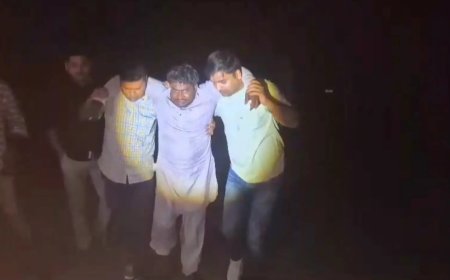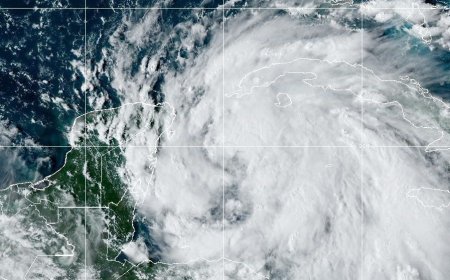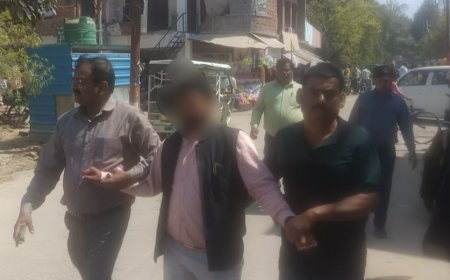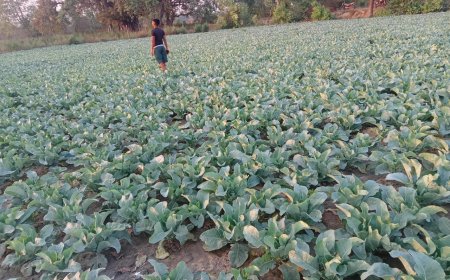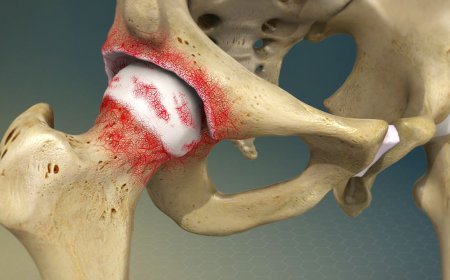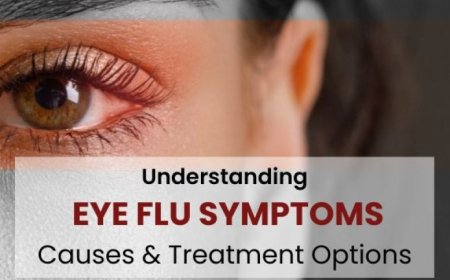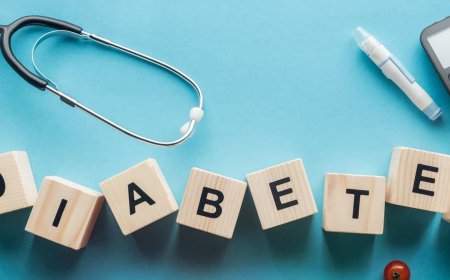serious infectious bacterial disease Tuberculosis
A potentially serious infectious bacterial disease that mainly affects the lungs. The bacteria that cause TB are spread when an infected person coughs or sneezes.Tuberculosis is a bacterial infection that is also known as TB. It can be fatal if not treated. TB most often affects your lungs, but can also affect other organs like your brain.The three stages of TB are: Primary infection. Latent TB infection. Active TB disease. Complications/side effects of treatment Some people have side effects from the drugs used to treat TB that may include: Skin rashes and other reactions. Nausea and stomach upset.Itchy skin.Yellow skin or eyes (jaundice).Dark urine.Washing your hands thoroughly and often.Coughing into your elbow or covering your mouth when you cough.Avoiding close contact with other people.Making sure you take all of your medication correctly.Not returning to work or school until you’ve been cleared by your healthcare provider.
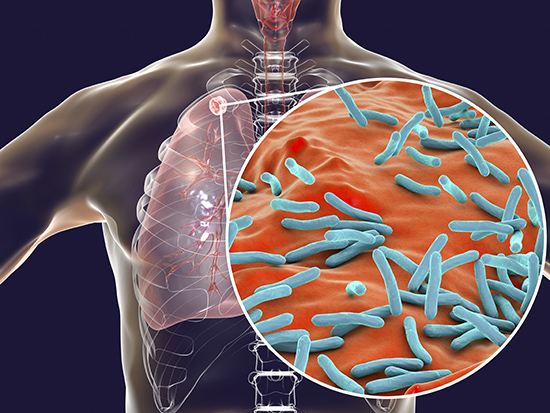
serious infectious bacterial disease Tuberculosis
The bacteria that cause TB are spread when an infected person coughs or sneezes.By airborne respiratory droplets (coughs or sneezes).
( Understanding the symptom treatment diagnosis and causes of tuberculosis
Introduction
Tuberculosis (TB) is a serious illness that mainly affects the lungs. The germs that cause tuberculosis are a type of bacteria.
Tuberculosis can spread when a person with the illness coughs, sneezes or sings. This can put tiny droplets with the germs into the air. Another person can then breathe in the droplets, and the germs enter the lungs.
Tuberculosis spreads easily where people gather in crowds or where people live in crowded conditions. People with HIV/AIDS and other people with weakened immune systems have a higher risk of catching tuberculosis than people with typical immune systems.
Drugs called antibiotics can treat tuberculosis. But some forms of the bacteria no longer respond well to treatments.
Symptom
The three stages of TB are:
- Primary infection.
- Latent TB infection.
- Active TB disease.
When tuberculosis (TB) germs survive and multiply in the lungs, it is called a TB infection. A TB infection may be in one of three stages. Symptoms are different in each stage.
Primary TB infection. The first stage is called the primary infection. Immune system cells find and capture the germs. The immune system may completely destroy the germs. But some captured germs may still survive and multiply.
Most people don't have symptoms during a primary infection. Some people may get flu-like symptoms, such as:
- Low fever.
- Tiredness.
Cough. Latent TB infection. Primary infection is usually followed by the stage called latent TB infection. Immune system cells build a wall around lung tissue with TB germs. The germs can't do any more harm if the immune system keeps them under control. But the germs survive. There are no symptoms during latent TB infection.
Active TB disease. Active TB disease happens when the immune system can't control an infection. Germs cause disease throughout the lungs or other parts of the body. Active TB disease may happen right after primary infection. But it usually happens after months or years of latent TB infection.
Symptoms of active TB disease in the lungs usually begin gradually and worsen over a few weeks. They may include:
- Cough.
- Coughing up blood or mucus.
- Chest pain.
- Pain with breathing or coughing.
- Fever.
- Chills.
- Night sweats.
- Weight loss.
- Not wanting to eat.
- Tiredness.
Not feeling well in general.Infants.The baby doesn't grow or gain weight as expected. Also, a baby may have symptoms from swelling in the fluid around the brain or spinal cord, including:
- Being sluggish or not active.
- Unusually fussy.
- Vomiting.
- Poor feeding.
- Bulging soft spot on the head.
- Poor reflexes.
Causes of tuberculosis
Tuberculosis is caused by a bacterium called Mycobacterium tuberculosis.
People with active TB disease in the lungs or voice box can spread the disease. They release tiny droplets that carry the bacteria through the air. This can happen when they're speaking, singing, laughing, coughing or sneezing. A person can get an infection after inhaling the droplets.
The disease is more likely to spread when people spend a lot of time together in an indoor space. So the disease spreads easily in places where people live or work together for long periods. Also, the disease spreads more easily in crowded gatherings.
A person with a latent TB infection cannot pass the disease to other people. A person taking drugs to treat active TB disease usually can't pass the disease after 2 to 3 weeks of treatment.
Drug-resistant TB
Some forms of the TB bacteria have become drug resistant. This means that drugs that once cured the disease no longer work.
This happens, in part, because of naturally occurring genetic changes in bacteria. A random genetic change in a bacterium might give it some quality that makes it more likely to survive the attack of an antibiotic. If it does survive, then it can multiply.
When antibiotic drugs aren't used correctly — or drugs fail to kill all the bacteria for another reason — the conditions are ideal for more-resistant versions of the bacteria to get established and multiply. If these bacteria are passed on to other people, a new drug-resistant strain can grow over time.
Problems that can lead to such drug-resistant strains of bacteria include the following:
- People didn't follow directions for taking the drugs or stopped taking the drugs.
- They weren't prescribed the right treatment plan.
- Drugs were not available.
- The drugs were of poor quality.
- The body didn't absorb the drugs as expected.
Diagnosis and Tests
What kinds of tests are used to diagnose tuberculosis?
There are two kinds of screening tests for TB: the Mantoux tuberculin skin test (TST) and the blood test, called the interferon gamma release assay (IGRA).
For the TST, a healthcare provider will inject a small amount of a substance called purified protein derivative (PPD) under the skin of your forearm. After two to three days, you must go back to the healthcare provider, who will look at the injection site.
For the IGRA, a healthcare provider will draw blood and send the sample to the lab.
Further tests to determine if an infection is active or if your lungs are infected include:
Lab tests on sputum and lung fluid.
Chest X-ray.
Computed tomography (CT)
Treatment
TB infection and disease is treated with these drugs:
- Isoniazid (Hyzyd®).
- Rifampin (Rifadin®).
- Ethambutol (Myambutol®).
- Pyrazinamide (Zinamide®).
- Rifapentine (Priftin®).
You must take all of the medication your provider prescribes, or not all of the bacteria will be killed. You will have to take these medications for as long as you're told — sometimes up to nine months.
Prevention
What can you do to prevent spreading tuberculosis?
You usually have to be in contact with someone with active TB for a long time before becoming infected. It helps to follow infection prevention guidelines like:
- Washing your hands thoroughly and often.
- Coughing into your elbow or covering your mouth when you cough.
- Avoiding close contact with other people.
- Making sure you take all of your medication correctly.
- Not returning to work or school until you’ve been cleared by your healthcare provider.
- Some forms of TB have become resistant to medications. It’s very important and likely that your provider will use more than one drug to treat TB. It’s very important to finish your entire prescription.
What's Your Reaction?




















